The Best Ways to Improve Physical Security at Your Workplace

In today's business climate, there is a growing emphasis on security of all types. We are all familiar with the importance of cybersecurity or information security with its popularity on tv shows and with many large companies having data breaches over the past decade. However, another form of workplace security that can oftentimes be overlooked is Physical Security.
Physical security refers to the measures that a person or organization takes on to prevent the potential theft, damage, or harm of a facility, goods, people, and other resources. For a business, physical security means protecting both employees and company property from a potential threat.
Although many think of information security as something that strictly occurs over the internet or through a computer, physical security can also play a major roll in protecting the information or trade secrets of a company, as this data can be physically stolen/copied at the facility itself.
For a company or facility looking to develop a good physical security system to protect their assets, it is import to remember DDT:
DETER, DETECT, & TRIGGER
Detering Potential Threats
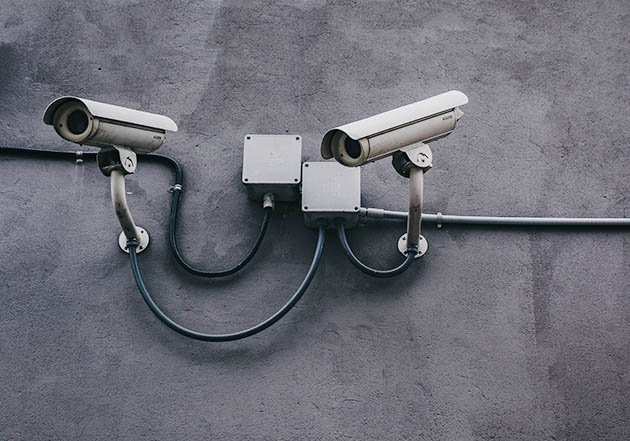
Deterrence is often considered the most important aspect of a physical security system; it refers to a physical security's ability to keep a crime from happening altogether, especially when a crime would have been committed had the system/tools not been in place.
In most cases, deterrence will occur whenever a potential threat can visually see or otherwise sense the presence of a physical security system. Probably the most common or familiar instance of this would be with a security fence system around the perimeter of a property. The fence itself lets others know (threat or not) that this is not an area that they should be entering, and they should keep out.
However, there are a variety of physical security tools that a facility can use to act as a deterrent. In fact, just the presence of security alone will work to some effect. Surveillance cameras, security guards, guard booths, access control systems (turnstiles, metal detectors, scanners, electronic door locks, etc.), and more show a strong security presence, indicating to potential threats that they should find a less protected target.
Detecting a Threat
Threat detection forms another critical part of a facility's physical security system. Without a designated way of detecting a threat in a facility, a company can experience theft or vandalism without even noticing that a crime occurred until much later. This delay in reaction gives the perpetrator has a much greater chance of getting away with the crime and makes them more likely to target your facility in the future.
There are many different tools and products that help detect threats and potential threats within a facility. A common way to detect a threat is through the use of both a security team monitoring a facility and employees that are capable of noticing a potential threat. However, having security officers cover every single square inch of a facility is not practical nor cost-effective.
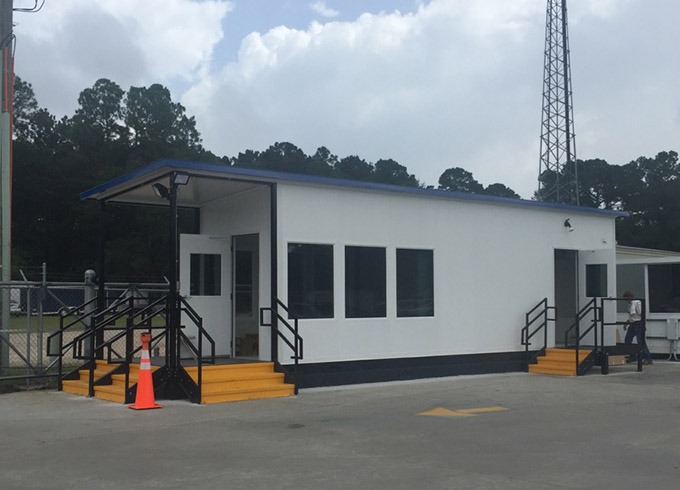
As far as products, the next steps many facilities will take include setting up a system of security cameras and a CCTV (Closed Circuit Television). This monitored CCTVs greatly increases the area under surveillance in your facility. For large facilities, these CCTV stations typically require multiple monitors with multiple feeds on each screen. In our experience, many companies elect to incorporate a CCTV station into the guardhouse at the entrance of their facility. This keeps one guard stationary at the facility's entrance, providing access control for traffic coming in and out, while also giving them eyes on the rest of the facility. In addition, they typically elect to have another officer(s) on patrol around the facility to check for anything out of the ordinary that may have been missed by the camera: unlocked doors, cracked windows, etc.
In addition to surveillance, alarm systems are a popular form of active detection during off-hours for a facility. These alarms typically act by detecting sound or motion and are especially effective in areas that are closed and off-limits to all.
Triggering a Response
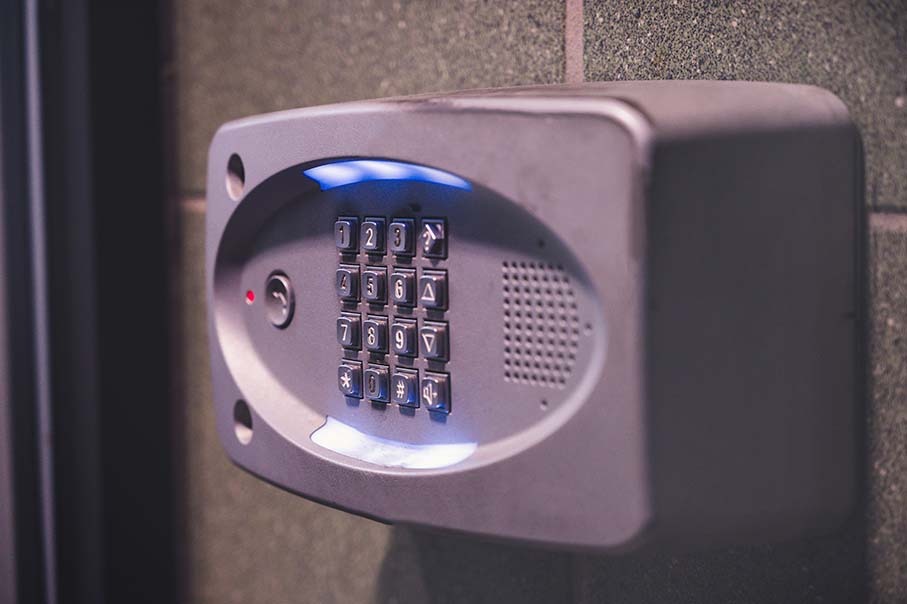
In the majority of physical security breaches, the main goal is the neutralize the threat safely for all parties. A great example of these are alarms that are designed to chase off trespassers and alert the authorities. Whenever an alarm such as this is tripped, the perpetrator will instantly become aware due to a loud alarm and or flashing lights. This is designed to cause the person to leave immediately, and no harm comes to any of the parties. Additionally, the alarm contacts the local law enforcement, who are trained to handle an incidence such as this which may involve violence.
However, just relying on one level of protection is ill-advised. In fact, this type of thinking should be expanded into all avenues of physical security, including detection and deterrence.
People looking to breach your access control/physical security will typically plan for some level of security. These acts do not typically occur on a whim and usually only happen if the perpetrator is familiar with the company or has done some sort of research. In most cases, the person will plan for or assume there is an alarm system and will plan their theft accordingly, either by bypassing the alarm or perhaps planning to be in and out before the police could arrive.
Additional layers of security make it much more difficult for the person to devise a plan for the facility. Once they reach the unexpected second layer (or third, or fourth, etc.) of defense their initial plan no longer works and makes it much more difficult to execute without being caught. These additional layers of protection delay the intruder and give security officers/police back-up additional time to respond before they arere able to accomplish their goal.
Keeping Facility Security Sharp
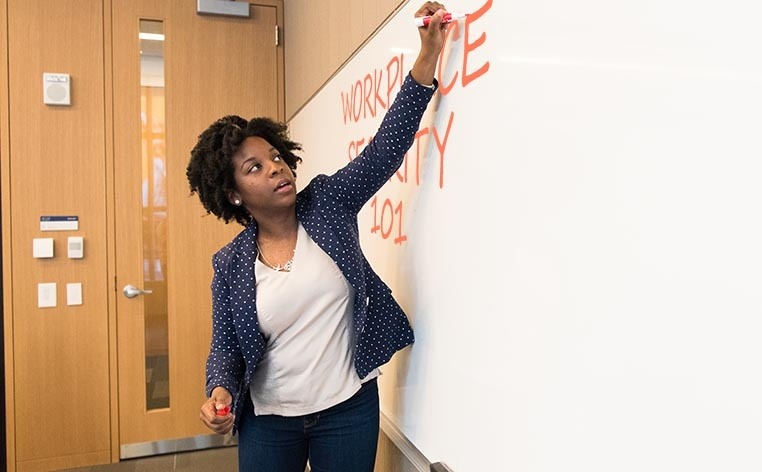
These are all very important aspects of physical security and setting up a solid multi-layered security system for your facility. However, once these tools are in place, there are additional steps that must be taken to ensure your security system is just as effective every single day. Of course, your security team should be well trained to be aware of and spot suspicious activity in and around the workplace. However, it can also be greatly beneficial to provide this training to the regular employees at the workplace as well.
This employee training helps extend the reach of your security system, providing eyes and ears in all areas, and it should state the most likely threats specific to their industry and address the necessary course of action should a threat be spotted.
In addition to training, testing and assessments of these security mechanisms should be implemented to minimize weaknesses in your system. Facilities will typically execute this testing yearly or more often. This will help provide valuable input on which areas of your system are outdated or need to be rebuffed. There are companies specialized in this type of testing, who will safely test your facilities security and provide feedback on which areas are lacking.
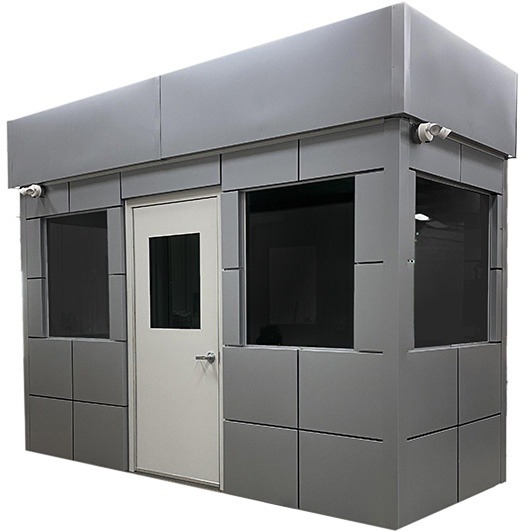
Ultimately, deter, detect, and trigger provide a solid basis for starting a multi-layered physical security system for your facility. For Panel Built, our guard houses provide an important aspect of a security system that can help bolster all three of these aspects. Our prefabricated guard houses provide the perfect environment to act as a security hub for your facility. Sitting at the entrance of your facility, our guard houses inherently act as a deterrent to threats because they should an active security presence at the very front of the property.
Additionally, with the guard house providing access control, the security officer is actively detecting a threat as he or she scans people entering the facility. Plus, the guard house provides enough space for additional detection tools to detect around the rest facility including CCTV monitors, ID scanners, and computer systems.
Finally, the guard house provides the proper environment to trigger an alarm by equipping different communication devices including radio systems to notify other security of the threat and or a phone to call the police for back-up. With the CCTV stationed in the guard house, the guard stationed there would be able to inform the person on the other end exactly where the threat is located and what they are currently doing.
So, if you have any questions about how Panel Built's guard houses can help your physical security system, just give us a call at 800.636.3873, send us an email to info@panelbuilt.com, or let us know in our LiveChat feature in the bottom-right of the page! We're more than happy to answer any questions or concerns that you may have. As a modular construction provider for over 25 years, we have provided security buildings for facilities ranging from United States military bases, college campuses, government buildings, warehouses, corporate headquarters, apartment complexes, and more.
Panel Built custom designs our guard houses to perfectly fit your physical security needs, including ballistic rated walls/doors, exterior security lighting, solar-panels, ADA compliant restrooms, LED lighting, reflective/one-way tinted windows, gun-ports, and more. Let us know what your security hub needs, and we will help you develop the guard house that is right for your facility.
